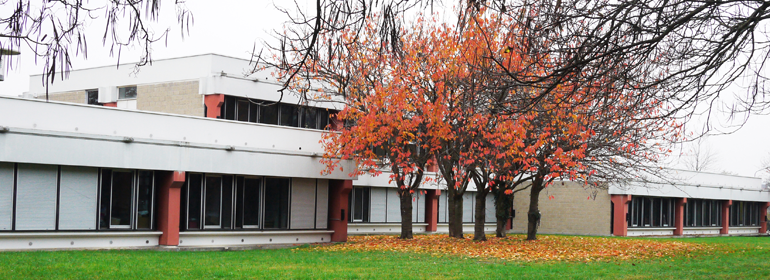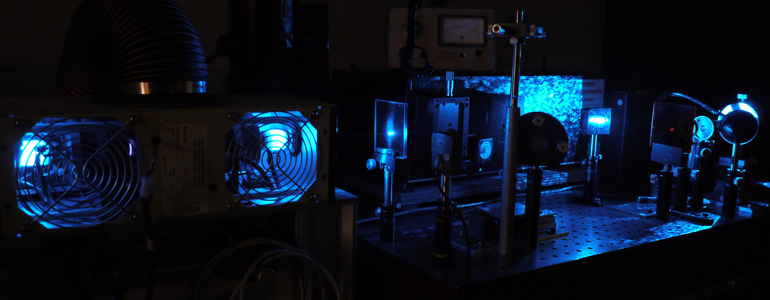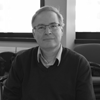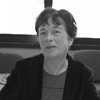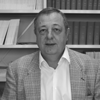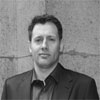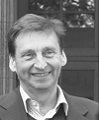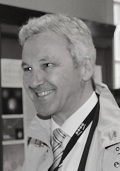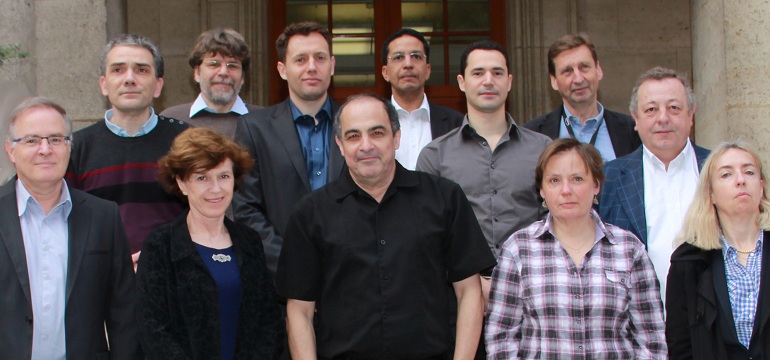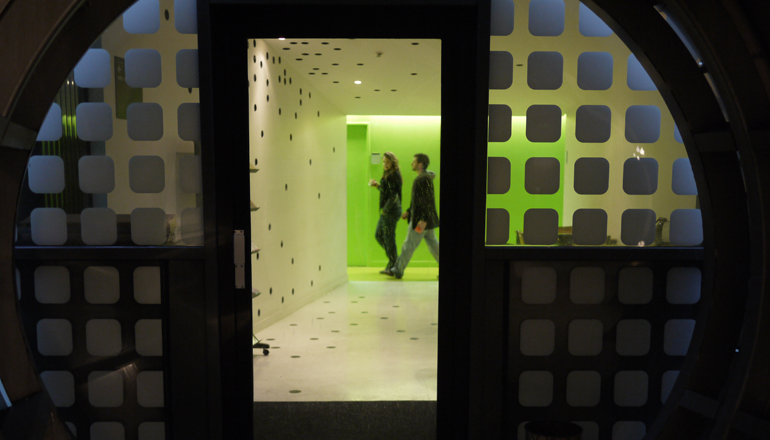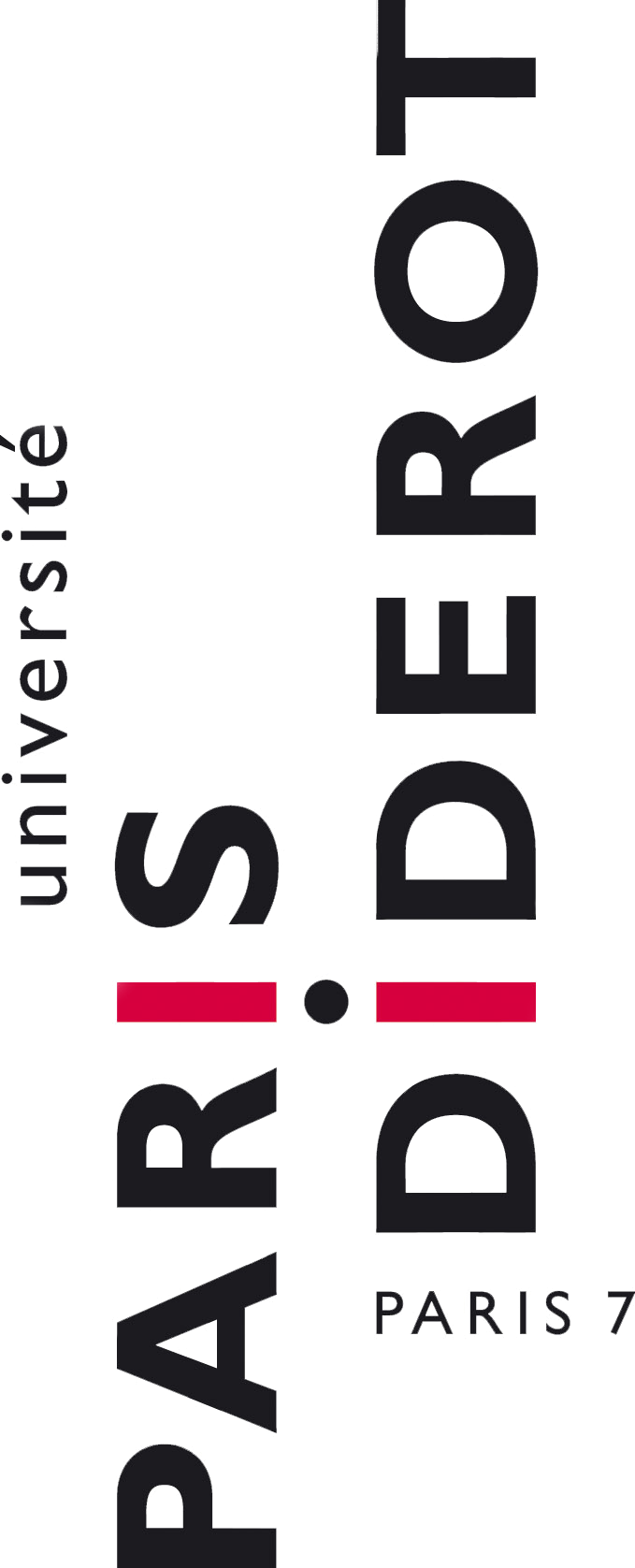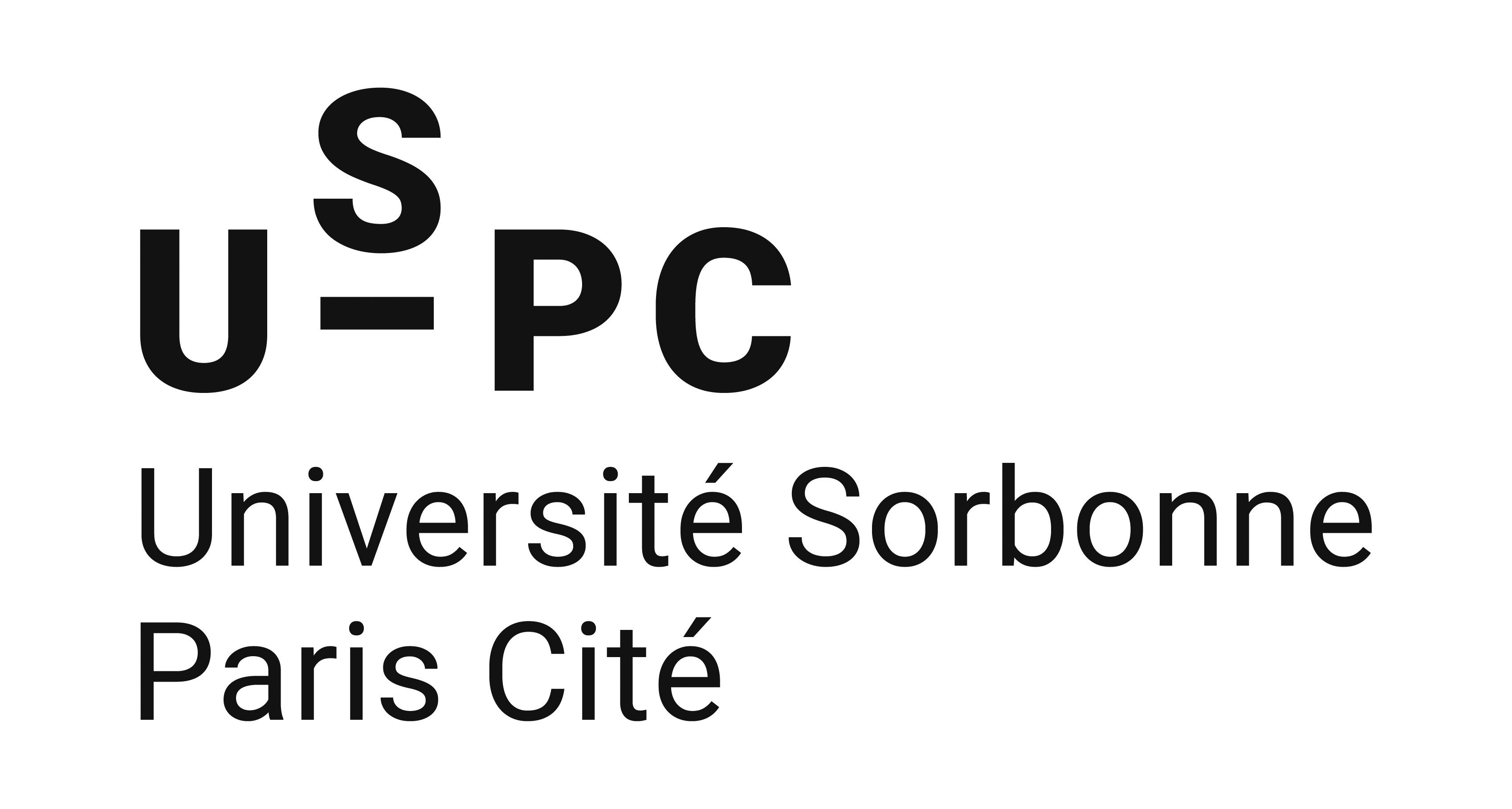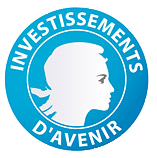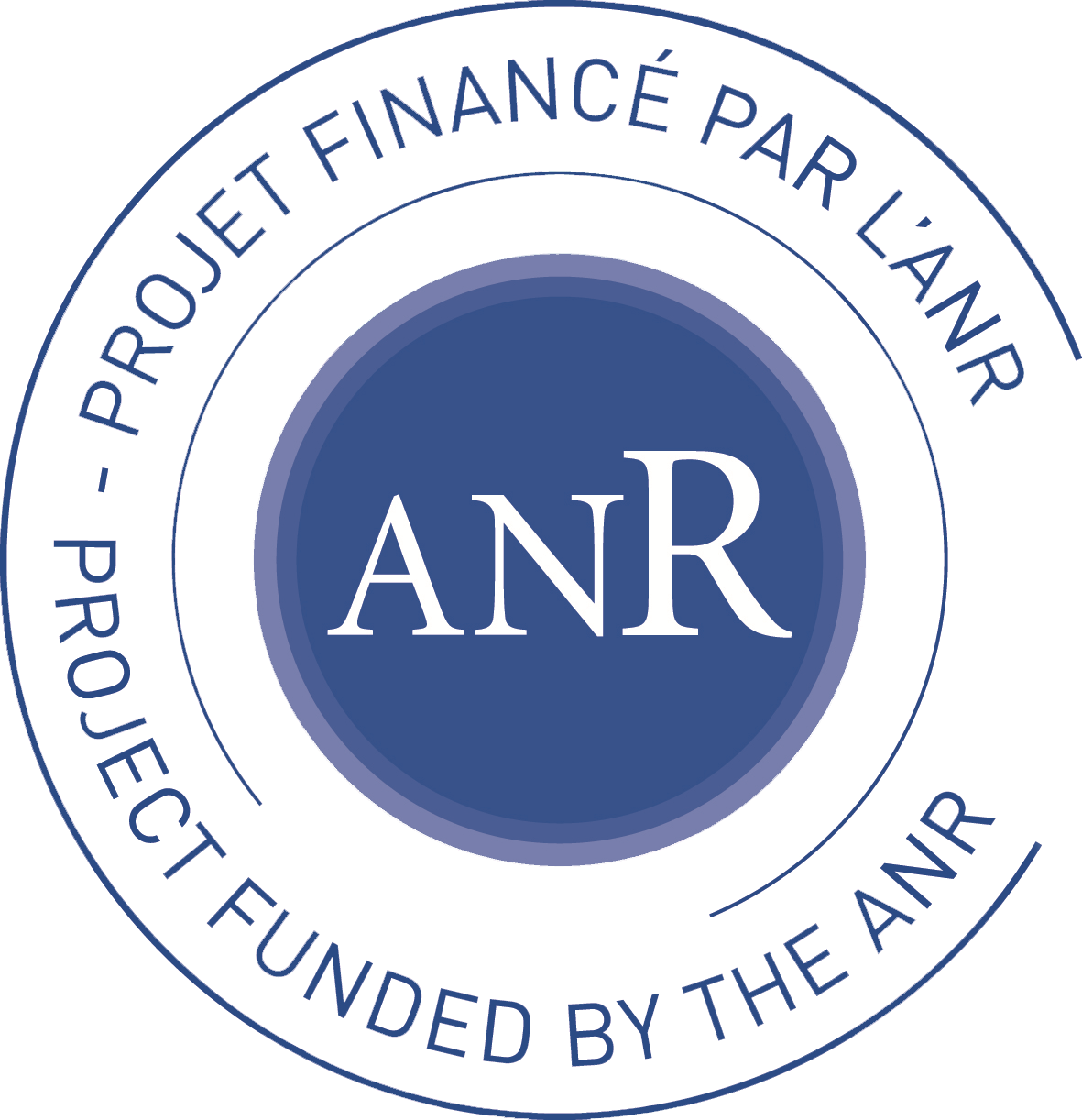|
Structural materials will be first concerned, and rapidly the collaboration will be extended to functional materials. Besides this Centre, Centres of competitivity such as ASTech, Mov'eo or Systematics also located in the Paris region, and drain industrial partners. Some of them are already or will be collaborating with the SEAM researchers (Saint Gobain, Thalès, DGA, Alstom, ...).
Another unique feature and strength of the SEAM labex is its multidisciplinarity. Each laboratory develops high quality international research and leadership, but new innovative developments will stem from interdisciplinary. In the collaboration of nanoscience/functional materials researchers with structural materials and process researchers, in a multi-scale approach, projects will be developed for complex applications where materials have to insure both structural integrity under stringent conditions and one or several advanced functionalities. Indeed, in these fields, the research strategies, the investigation tools and equipment, the surface treatments are often similar. Moreover, whatever the material under study, its physical properties, its fabrication or transformation processes, a multi-scale approach is always needed with precise characterization and modeling.
SEAM researchers will thus, for any device, system or application they will imagine, be able to "choose" a (nano)material, to choose a process to elaborate the adapted material, to "define" the characterization or modeling tools for the process involved and the (nano)material, and finally to "test" the device or system performance in which the nano material is integrated. How we will manage to undertake these projects is detailed in the scientific part. The scientific project includes 3 axes and several sub-axes. The first axis, "electronic structure-based functional materials" is related to many applications in electronics and photonics. The second one is related to "structural materials" and their mechanical properties. The third one "modelling and characterization" is transversal. The number of researchers from the SEAM laboratories implied in a given field is reported in the table below. Several technological platforms gathering experimental techniques will be used by the whole SEAM labex consortium.
|

